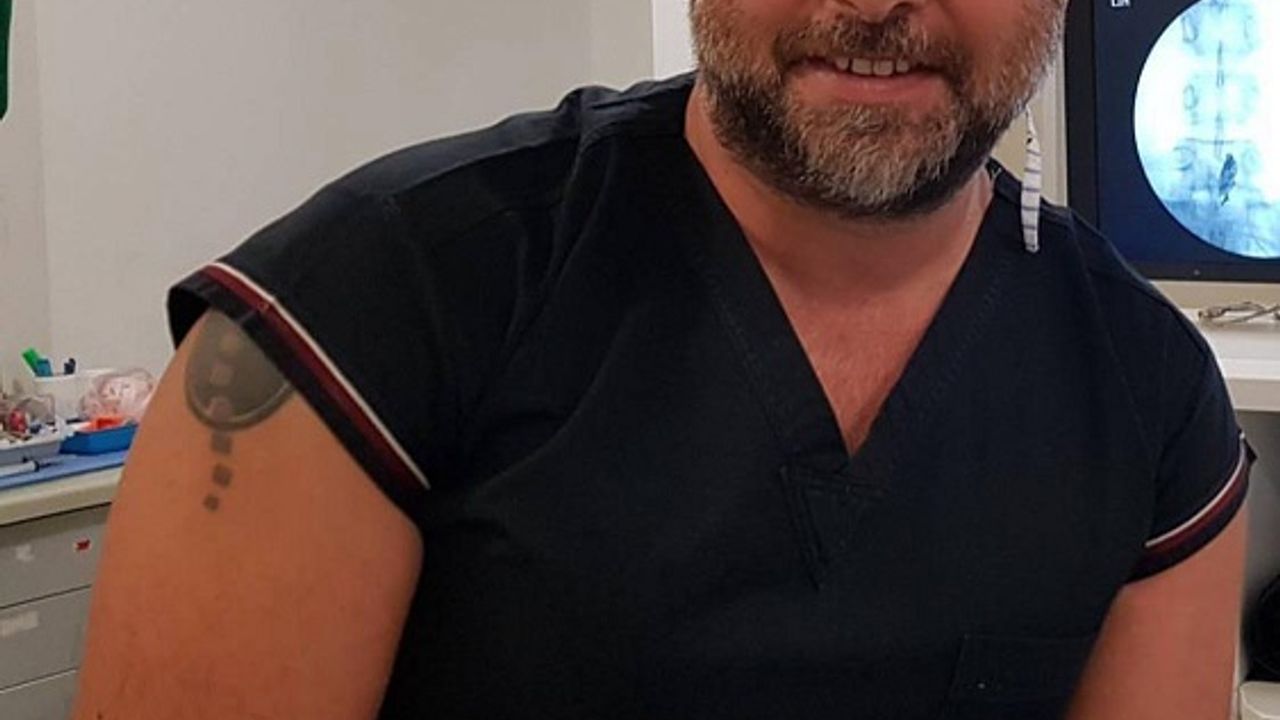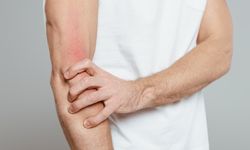Migraine headaches, which are more common in women than men, are triggered more during periods of weather change (seasonal changes). Migraine headaches occur more frequently in housewives. People who have migraine problems, especially in southwest winds, should avoid contact with the outside.
Typical migraine headache features are:
Severe throbbing pain, nausea and sometimes vomiting, sensitivity to light, sound and smells.
Migraine pain can affect one side of the head or the entire head. While headaches typically last 4-72 hours in adults, they can last for hours in children. Physical activity, walking and bending, etc. can worsen the pain.
The frequency of migraine headaches varies from person to person, sometimes occurring several times a month, 1-2 times a year, or less frequently.
The disease, which is most common between the ages of 20-50, is 75 percent genetic. Migraine, which is more common in women, may decrease after the age of 50 or even disappear completely with menopause.
Op.Dr. Kerem Bıkmaz said, “The cause of migraine disease is not fully known. We believe that changes in serotonin and endorphin levels in the brain may play a role. Seratonin is a brain chemical that regulates pain transmitted through the trigeminal nerve pathways that provide facial and skull sensation. Trigeminal nerves are the main pathways for pain originating from the face, eyes, nose, sinuses, blood vessels and brain sheaths. "We can summarize endorphins as natural pain-relieving chemicals produced by the brain and spinal cord," he said.
Migraine patients can make their lives easier by identifying the factors that trigger pain, a few of these factors are: Environmental factors such as unhealthy and unbalanced nutrition, climate change, bright light, bad odors, changes in estrogen and progesterone levels, especially in women, hormonal imbalances, cardiovascular medications, insomnia, stress... The number and severity of migraine attacks can be reduced by avoiding migraine-triggering factors, using acute treatment methods when a headache occurs, and making changes in lifestyle. In addition, daily routines must be determined, regular exercise, and estrogen-effective consumption substances must be avoided.
Op.Dr. Kerem Bıkmaz added the following to his words: ''There are several preventive treatment methods for people with severe and frequent migraine attacks. These include botulinum toxin infections in the forehead and skull muscles and botox infections that reduce the frequency, severity and duration of migraine headaches, high doses of magnesium and riboflavin (vitamin B2), biofeedback therapies to apply methods to reduce muscle tension accompanying headaches, awareness of typical headache triggers. "Cognitive behavior therapy and relaxation training can be shown to reduce reactions to anxiety and stress," he said.











